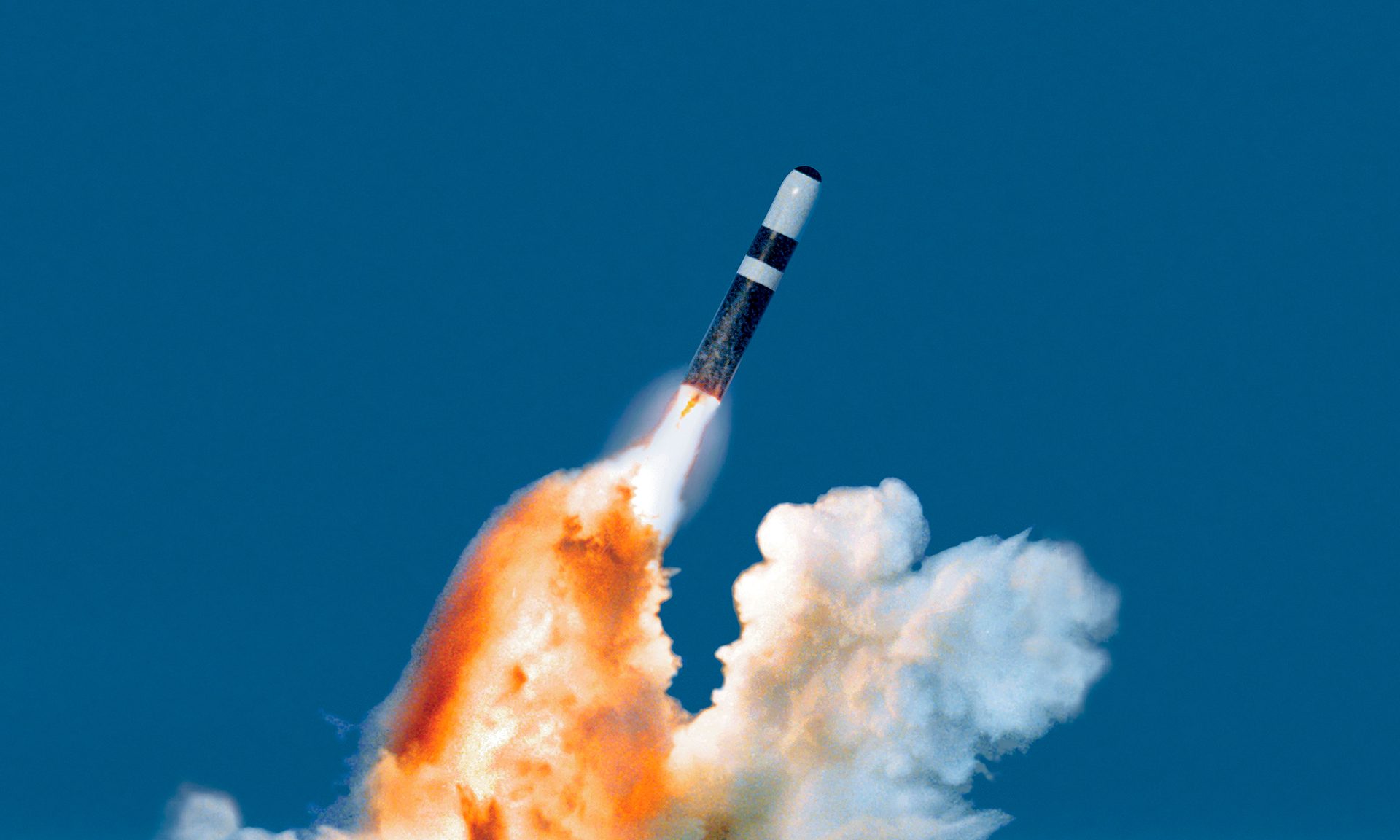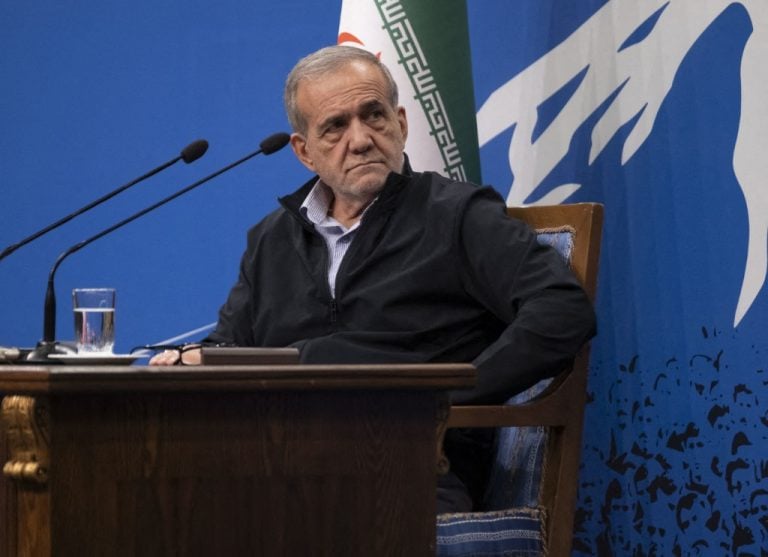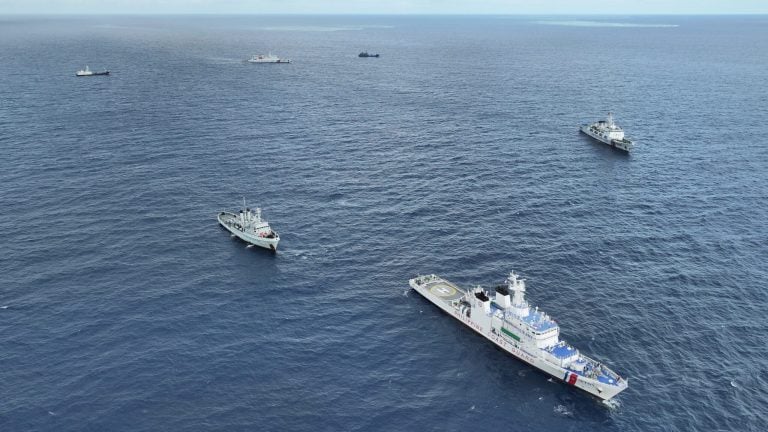Lockheed Martin Space has secured a significant $647-million contract modification aimed at the ongoing production and support of the Trident II D5 submarine-launched ballistic missile for the United States military. This hybrid agreement merges fixed-price incentive and cost-plus elements, facilitating both missile production and support for currently deployed systems.
The Trident II D5 missile has become a critical component of the sea-based nuclear deterrent forces for both the US and the UK. Originally deployed in 1990, the missile is designed to carry multiple independently targetable reentry vehicles and boasts an impressive operational range exceeding 7,000 kilometers (4,300 miles). Its accuracy has been progressively enhanced through improvements in guidance, propulsion, and reentry technology. Lockheed Martin has been the prime contractor for the Trident II program since it was launched.
Under the terms of the contract, work will be conducted at several locations across the United States, with Utah accounting for the largest share at 23 percent. The project is expected to conclude by September 30, 2030. The Pentagon has indicated that $120 million of the allocated funds for fiscal 2025 Navy weapons procurement will be made available immediately. This award was issued on a sole-source basis, as Lockheed Martin is the sole provider capable of producing and maintaining this vital missile system.
Additionally, the contract contains options that could elevate its total value to $745 million. It also includes provisions supporting a foreign military sale to the United Kingdom, which operates the Trident II D5 on its Vanguard-class submarines.
The ongoing investment in the Trident II program reflects its pivotal role in the long-term strategic deterrence framework. The US Navy plans to maintain the missile in operational service through the 2040s, in alignment with the introduction of Columbia-class submarines. The UK is on a similar trajectory, preparing to integrate the Trident II D5 on its forthcoming Dreadnought-class submarines later this decade.
Lockheed Martin’s extensive involvement in the Trident II project is evident from its previous contract awarded in 2022, aimed at supplying and sustaining the system. The missile has undergone more than 190 test launches since entering active service, achieving a commendable success rate. This continuity highlights a broader strategic choice made by both the US and the UK to modernize existing systems through incremental upgrades rather than complete replacements, thereby prolonging the missile’s operational life.
Moreover, the Trident II program serves to strengthen the mutual defense relations between Washington and London. The shared operational use of the missile, along with collaborative support frameworks, stands as a foundation for the UK’s Continuous At-Sea Deterrent initiative, symbolizing NATO’s nuclear burden-sharing commitment among member nations.


















